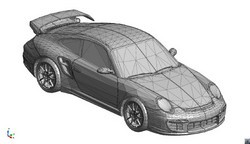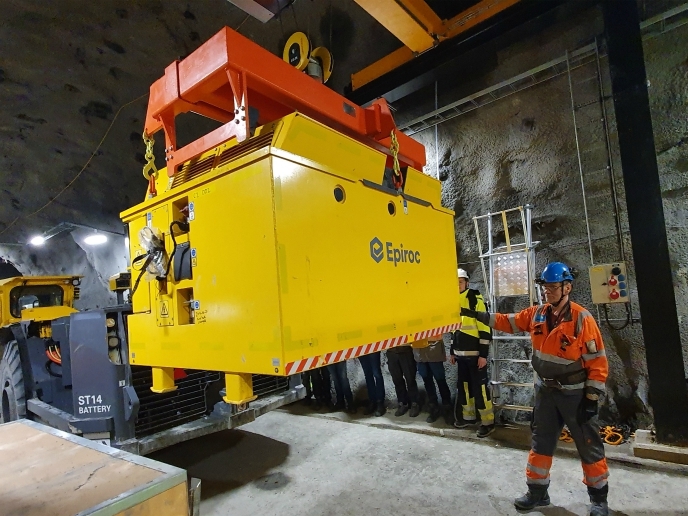HPC power applied to complex geometries
What’s an exascale computing architecture worth without powerful numerical simulation methods to realise their potential? How can the conception of industrial products like airplanes or large buildings benefit from such increased computer power? These questions were at the heart of the NUMEXAS project. With its novel simulation methods, the project should allow industries, governments and academia to routinely solve multidisciplinary large-scale problems in applied sciences and engineering – with both high efficiency and simplicity. ‘NUMEXAS is quite different from other EU-funded exascale projects,’ says Dr Pooyan Dadvand, who coordinates the project for the International Center for Numerical Methods in Engineering (CIMNE) in Barcelona, Spain. ‘We try to bring HPC to industrial problems by focusing on fluid structure interactions and complex geometries. For example, our solvers allowed us to simulate wind conditions in Barcelona over a 64x64km area with 4m resolution, which is something that could never have been achieved before’. Unlike standard solvers that base their calculations on simple geometries – a cube for instance – NUMEXAS introduces an un-structured mesh generator that can handle complex geometries and capable of creating billions of elements. ‘This is precisely what brings us closer to industry. Structured mesh is when you have a geometry that is a combination of various blocks and where you can divide the blocks into smaller ones. Proceeding to this subdivision of the blocks is very time consuming. With NUMEXAS, on the other hand, we work with unstructured mesh and proceed to automated mesh generation. We also eliminate the need to clean the geometry. We can also post-process the results very efficiently,’ says Dr Dadvand. By removing the need to clean the geometry, NUMEXAS has made HPC much more tempting for industry players. Not only can this reduce the calculation time, that would usually take one week to be completed, to about 10 minutes, but the two months it would take to clean such a huge geometry are also gone. Reducing the time necessary to download the results is another key objective which the NUMEXAS team is currently working on. An example of potential added value brought to industry could include solutions to thermomechanical problems in manufacturing while governments could benefit, for instance, of a simulation of pollution flows in a city to see what the exact impact of each source is. ‘Such a simulation is something I know we can do, should we just add some models to measure interaction with the air or chemicals,’ Dr Dadvand says. The cloud computing industry could also benefit from the project’s results, and some informal talks have already been initiated. A continuous improvement process Now a few months away from the end of the project, the team is focusing on finalising its test cases. ‘We also have a work package dedicated to optimizing the code that we have written so far,’ points out Dr Dadvand. ‘We are trying to improve performance and also to manage memory better.’ The NUMEXAS solver is also being adapted to work on moving objects. Academia can already benefit from the project’s results, as the NUMEXAS kernel – KRATOS Multi-physics which is a very large code with many physics implied – is open source. Communication with industry is ongoing with a view to organising joint projects. ‘I don’t see industry going for exascale anytime soon, but we see that they are already facing complexities that require quite large machines. Our objective is to at least bring them closer to petascale. Although they cannot use our technology at the moment, we aim at running a follow-up project after NUMEXAS to do it,’ says Dr Dadvand. Dr Dadvand considers that it is early to say if any product will reach the market soon. ‘It’s a question of at least two years. This is the time needed to turn our prototypes into real products. The mesh generator is already a product as it was finished in the project first year, but preparing the whole system for commercialisation will take some more time.’
Keywords
NUMEXAS, high performance computing, HPC, exascale, industry, complex geometries







